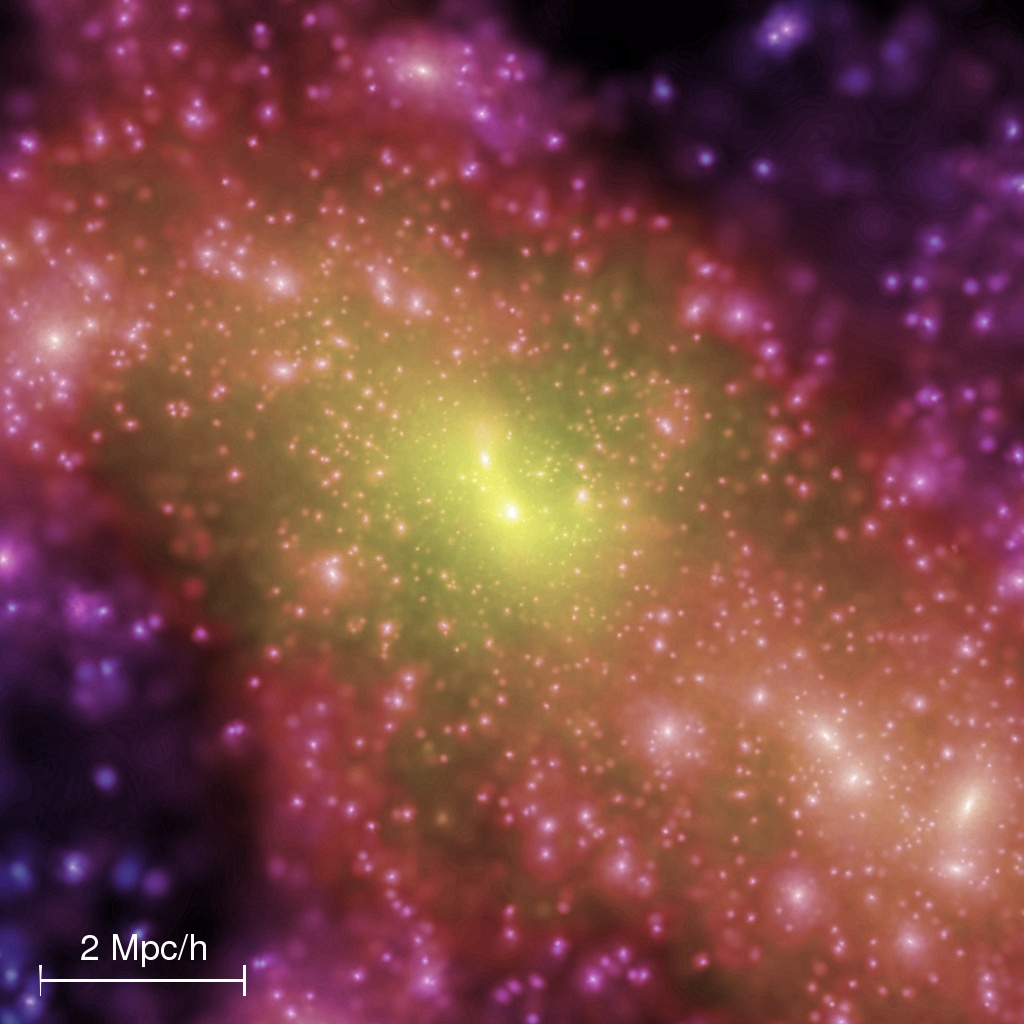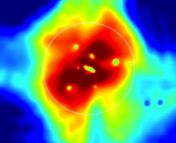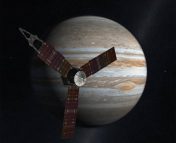The Undergraduate Research series is where we feature the research that you’re doing. If you are an undergraduate that took part in an REU or similar astro research project and would like to share this on Astrobites, please check out our submission page for more details. We would also love to hear about your more general research experience!
Neev Shah
IISER Pune, India
This guest post was written by Neev Shah. Neev is a final year student studying Physics at IISER Pune. He worked on this project during his 3rd and 4th year under the supervision of Dr. Susmita Adhikari, and a paper in connection with this work is under review at MNRAS (and available on arXiv). His main interests are in gravitational wave astronomy and cosmology. He also likes to hike and explore new places.
The standard model of cosmology, ΛCDM, which assumes dark matter to be cold and interact only through gravity, has been excellent in explaining the large scale structure and evolution of the universe. However, at smaller scales, there exist tensions between observations and predictions from cosmological simulations. Self-interacting dark matter (SIDM) is a popular alternative to the cold dark matter scenario, first proposed as a possible solution to resolve the small scale discrepancies. It allows for dark matter (DM) particles to interact with themselves through mechanisms other than just gravity. An interesting prediction of the SIDM hypothesis is that eventually there is a runaway collapse at the center of the dark matter halo, a process also known as “gravothermal catastrophe”. This can be accelerated by environmental effects, such as a subhalo orbiting inside a host dark matter halo.
Using Symphony, a suite of hundreds of zoom-in cosmological simulations of various host halos ranging from LMC-sized to as large as galaxy clusters, we aimed to find out what fraction of satellite subhalos would have collapsed by today under the SIDM hypothesis. Since running multiple SIDM simulations is computationally expensive, we use a semi-analytic prescription to model the SIDM halo. A common approach is to treat the halo as a self-gravitating fluid, since SIDM allows for both gravitational interactions and collisions (like in a fluid!). We numerically evolved their density profiles to find out when the subhalos “collapsed”, which is the phase when the central density increases rapidly. We repeated this process for several different cross section models, varying the strength of the dark matter self interactions in the subhalo. We found that for reasonable models based on the current observational constraints on SIDM, at least 20% of the subhalo population collapses by the current time in low mass host environments such as the LMC (why its name should be changed), Milky Way and Group-sized hosts. We also studied certain other observable properties of the subhalos, such as their central densities and the inner slopes of their density profiles, and compared them to data from known dwarf spheroidal galaxies (dSph) orbiting the Milky Way. We found that the current data are consistent with these galaxies not exhibiting signs of significant core-collapse. However, this is not unexpected to occur even in the SIDM scenario, as not all halos reach the point of core collapse within the age of the universe.

Astrobite edited by: Katherine Lee
Featured image credit: Wikimedia Commons




